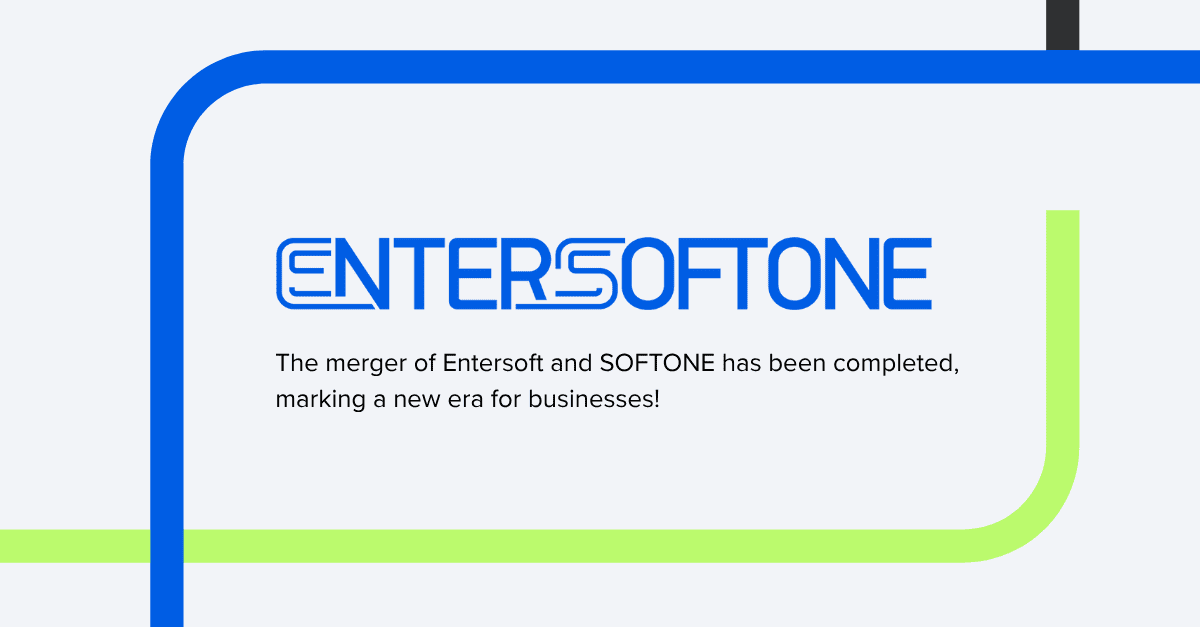Share
Read also

News & Events
ENTERSOFTONE: The merger of Entersoft and SOFTONE has been completed, creating the largest provider of business software products and services in Greece and Southeast Europe.

Mobility
Outlook for the BYOD and EM market from 2025 to 2035

Cloud
The Cloud CRM market will see impressive growth by 2033

Mobility
Key trends in Sales Force Automation
Businesses are now turning to digital transformation for a practical reason: the optimization of costs. Although it is less impressive than inventing a new product, the effect should not be underestimated. Cost optimization helps companies to rationalize costs and reallocate resources towards innovation, sharpening their competitive advantage over time.
First, avoid clinging to outdated systems, as they are often responsible for hidden resource drainage. While some systems are maintained due to compliance requirements, a strategic approach can mitigate these challenges. By identifying which features can be replaced or are available elsewhere, organizations can develop a plan to retire obsolete systems. This initiative-taking approach frees up resources for innovation. In sectors such as enterprise databases, businesses will achieve significant resource savings by retiring legacy solutions. In addition, consolidating suppliers and streamlining skills offers mild cost savings beyond what appears on an invoice.
Reducing redundant data storage is another way to achieve significant cost savings. Businesses often store the same information in multiple locations, straining IT maintenance budgets. By modernizing the data architecture and integrating it using a hybrid data platform, businesses can access and analyze all their data across public and private clouds, as well as on-premises, to make smarter decisions.
Businesses should also look for opportunities to reduce redundancies. Many organizations have found success by extending purpose-built data platforms to support other business units and new use cases. This approach maximizes the use of resources. For example, a data platform originally designed for compliance could also be used to perform analytics for customer service teams, eliminating the need for additional resources and reducing overall IT costs.
In today’s competitive business environment, cost optimization has become a priority. Although digital transformation is often associated with dramatic change and revolution in business, businesses should also use it as a tool to increase cost efficiency. Streamlining data management through modern, flexible platforms can not only optimize costs, but also improve organizational agility, supporting innovation. Ultimately, the most realistic decisions are often the most effective.







